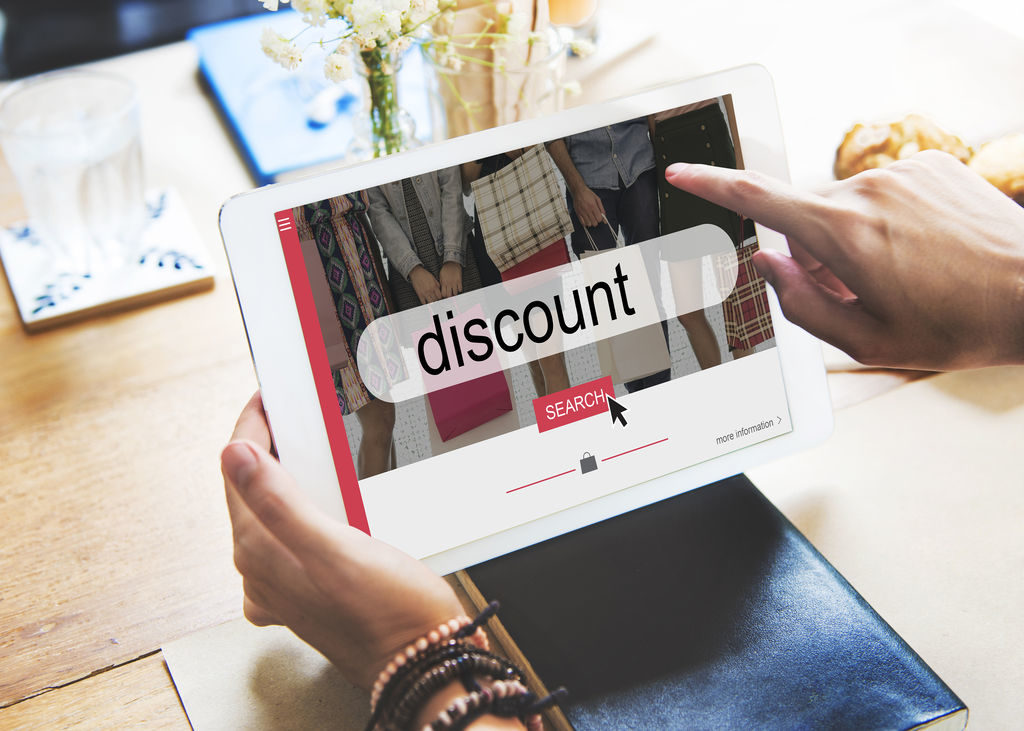Coupons will drive customers to your business. In today’s world, 96% of consumers have used a coupon in the past 90 days. JC Penney tried to break consumers of the coupon habit in 2012 and quickly saw a 23% drop in sales for the first three quarters of 2012. If JC Penney couldn’t change people’s shopping behavior, you probably can’t either.
So the question is not whether you should use coupons, but instead: How can you use coupons strategically to grow your business without giving up too much of your profit margin?
Consider the Cons
The biggest con of using coupons is that they cost you money. Any discount you offer will mean less money in your pocket. The key is to calculate whether that discount will make a difference to your profit margin by introducing new customers to your store or bringing back old customers who may have gone elsewhere chasing other coupons. Jay Goltz, in the New York Times column, “Doing the Math on a Groupon Deal,” developed a method to calculate whether or not a coupon discount is worth it for your business.
Even your regular customers can get in the habit of waiting for coupons, which cannibalizes income that was already being generated before you introduced the coupon program. So you need to consider when and how to offer those coupons to avoid impacting your regular customer base.
Coupons will always result in reduced profits on the item or items included in the coupon campaign, but the cost of purchasing that product will not change. When considering the value of a coupon campaign to your business, you must find a way to determine if the discount will end up improving your bottom line in the long term. We talk more about how to use a coupon campaign strategically to grow your business below.

Now for the Pros
The pros of offering coupons include introducing new customers to your store, introducing new product lines, providing a way to get rid of unwanted inventory to make room in your warehouse or store for newer product, encouraging customers to try a new brand that is more profitable to you or getting customers to come back to your store.
The key to maximizing the advantage of coupons in today’s digital world is using coupons as a way to build your customer base. Coupons can become a crucial part of your social media marketing provided you use them strategically.
For example, one of the best ways to turn coupons into a long-term marketing strategy to encourage repeat customers is to require them to provide their name and email address in order to get the coupon. That way you can build an email marketing base to encourage their return when offering new products or for other marketing campaigns. If your coupon is not an online coupon, require them to give their name and email address to use the coupon at the register.
Another good way to distribute coupons is on a social media website, such as Facebook (NASDAQ: FB)Make coupons available to customers who “like” you on your social media website. That gives you a way to communicate with them long-term for free using your Facebook or other social media website.
When planning a coupon strategy, think about how you want to use that strategy to improve your bottom line. For example:
- When a coupon drives traffic to your store, those customers may then buy other nondiscounted products. This is a common strategy used by food stores.
- The coupon could introduce new customers to your store. The key to getting this strategy to work is to use the coupon as a way to begin long-term communications with the new customer through social media or email.
- The coupon could encourage customers who haven’t been in for a while to come back to your store. For example, if you have a good marketing database, you can send a coupon to all customers who haven’t been in for 60 days or more.
The Bottom Line
Coupons will drive business to your store. The key is to develop your coupon strategy so you know how that discount marketing strategy will either increase your long-term repeat business or increase your sales per customer.
